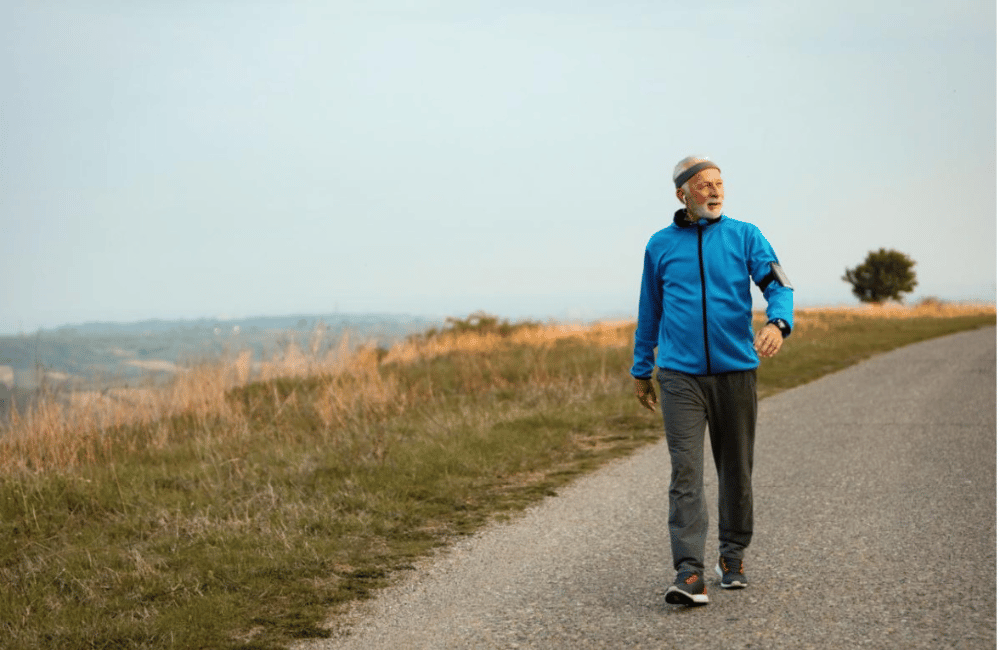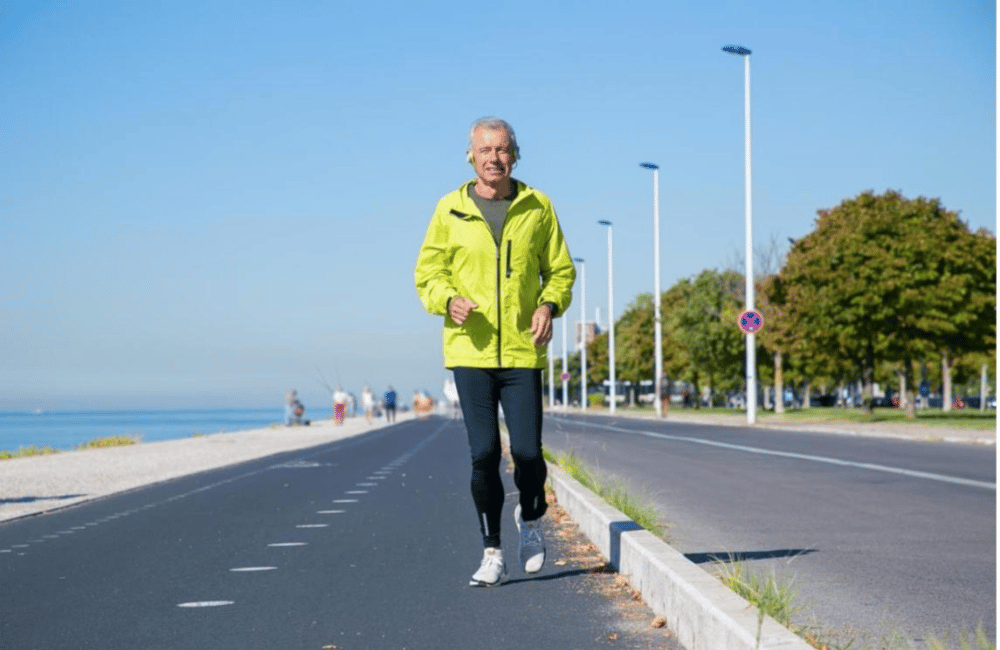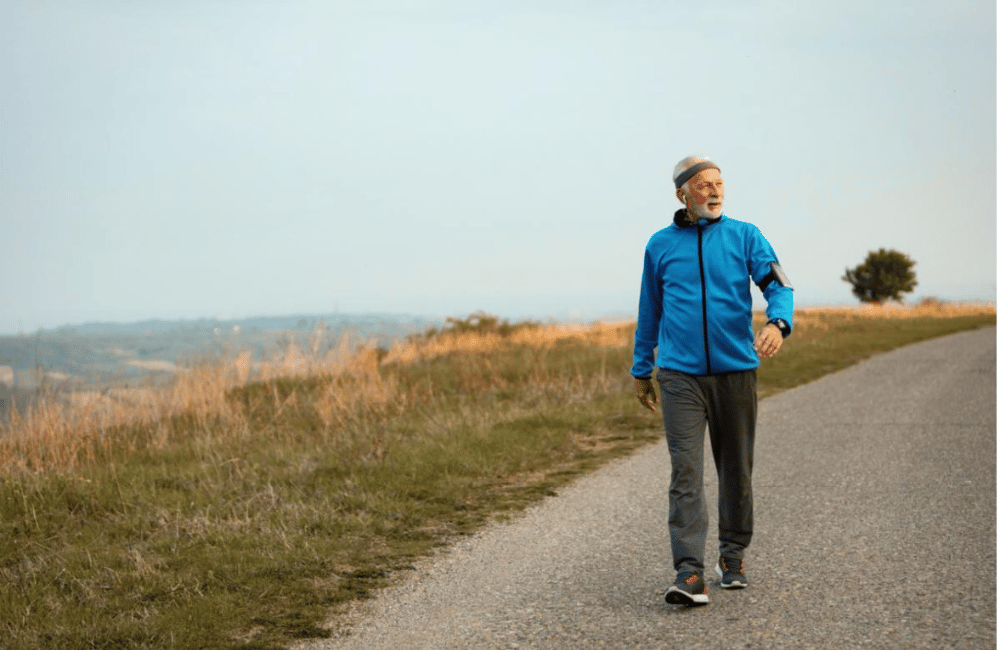Walking Is The Best Exercise: Enhance Your Fitness and Vitality

As a chiropractor patients often ask what is the best exercise and I say "Walking" . There reply is normally "What?! Not the gym or pilates or yoga". So, to help me out I asked a student physiotherapist to look into walking as an exercise and she wrote me this short article. Enjoy!
Welcome to an enlightening exploration of the age-old adage: "Walking is the best exercise." In a world of complex fitness regimens and trendy workouts, the simplicity and effectiveness of walking often stand unparalleled. Walking encompasses a physical journey and a pathway to improved health, vitality, and overall well-being. As we embark on this journey, we'll uncover the myriad benefits that walking brings to the forefront. From enhancing cardiovascular health and boosting metabolism to fostering mental clarity and stress reduction, walking offers a holistic approach to fitness that can seamlessly integrate into your daily routine. Join us as we delve into the science, anecdotes, and practical tips that showcase how this timeless activity can pave the way for a healthier and more active lifestyle.
Discovering the Power of Walking: A Comprehensive Guide to Exercise, Health, and Wellness
In today's fast-paced world, where stress and mental health concerns are rising, finding effective ways to combat these challenges is essential. One solution that has gained significant attention is exercise, mainly walking, which has proven to be a simple yet powerful tool for boosting physical and mental well-being. In this all-embracing guide, we will explore the myriad benefits of walking, how to tailor it to various fitness levels, address common concerns and misconceptions, and provide practical tips to make walking a sustainable part of your lifestyle. Walking might be the key to a healthier you, whether you're seeking ways to manage stress, improve cardiovascular health, or even prevent chronic diseases.
Does Exercise Help with Depression? Unveiling the Connection
A prevalent concern in our society today is the rising rate of depression and anxiety. Research has indicated that exercise can be a potent natural remedy for these mental health challenges. Studies show that regular physical activity, including walking, can significantly take the edge off symptoms of depression and anxiety. Engaging in exercises for depression can lead to increased levels of endorphins, which are referred to as the "feel-good" hormones. Walking for depression and anxiety has been associated with reduced stress levels, enhanced mood, and a general sense of well-being. Incorporating workout depression routines into your daily life can thus be a decisive step toward overcoming these emotional struggles.
Walking: A Simple Solution for Weight Management and Cardiovascular Health
Walking offers a simple yet effective solution for those looking to manage their weightor improve cardiovascular health. Many individuals wonder if working out helps with depression, and the answer is a resounding yes. Regular physical activity like walking not only aids in weight loss and management but also plays a crucial role in maintaining cardiovascular health.
Walking, often underestimated as a form of exercise, has been proven to have significant impacts on overall fitness. It's not just about walking; it's about how you walk, how long you walk, and how consistently you engage in this activity. Whether you aim to lose weight, boost your energy levels, or enhance your general well-being, incorporating walking into your routine can make a difference.
The Role of Walking in Preventing and Managing Chronic Diseases
Exercise is a significant factor in preventing and managing deep-rooted diseases. Walking is a low-impact, sustainable way to improve overall health and reduce the risk of copious chronic conditions, including osteoporosis, diabetes, and heart disease. Regular physical activity is linked to improved bone health, insulin sensitivity, and cardiovascular function. If you're wondering how to manage osteoporosis, incorporating weight-bearing exercise like walking into your routine can help give strength to your bones and reduce the risk of fractures.
Getting Started: Walking Plans for Beginners and Beyond

If you're new to exercise or have been inactive for some time, don't worry. Walking is an excellent starting point, and there are walking plans for beginners that can guide you through gradual progress. Start with short walks, gradually increasing the duration and intensity as your fitness improves. Remember, the goal is consistency. Even 10 minutes a day can upgrade your overall health and well-being.
Incorporating Walking into Life's Sonata
The grandeur of walking resides in its innate simplicity. To seamlessly graft walking into your tapestry, consider these symphonic movements:
1. Dawn of Realistic Objectives
Like an artist's palette, commence with hues of achievable goals. A modest 10 to 15-minute saunter is your genesis. Gradually, through epochs of progress, orchestrate a symphony of increased duration and intensity.
2. Choreography of Routine
Inscribe the rhythm of consistency into your daily script. Whether it's a sunrise meander, a midday interlude, or a twilight pas de deux, consecrate these junctures for your walking overture.
3. Expedition of Environs
Nature's canvases beckon. Venture into your neighborhood's labyrinth, traverse local verdant oases, or tread nature's trails. The exploratory cadence invigorates your sojourns, rendering each voyage anew.
4. Chorus of Companionship
Elevate your walking symphony by embracing camaraderie. Invite comrades, kindred spirits, or confidants to partake. The collective stride catalyzes motivation and camaraderie, encapsulating the essence of shared goals.
5. Chronology of Triumphs
Chronicle your footfalls. Employ trackers or digital companions to notate your paces, distances, and conquests. Witnessing your saga unfold offers an elixir of motivation, a gallery of your triumphs.
6. Footwear and Hydration Etiquette
Adorn your soles with comfort and support, the vanguards of your walking escapades. Like a life-giving elixir, hydration should grace your journey, especially beneath the sun's benevolent gaze.
7. A Ballet of Mindful Steps
Confer your walking rhapsody with the mantle of mindfulness. Immerse your senses in the ambiance, synchronize your breath to each stride, and harmonize with the cadence of existence. It metamorphoses mere walking into a mindful masterpiece.
Finding Motivation to Walk and Overcoming Barriers
Maintaining a regular walking routine requires motivation and dedication. Finding motivation can be challenging, especially when you're not feeling your best. However, reminding yourself of the benefits of walking can help keep you on track. Whether you're seeking to lose weight, improve your mental health, or enjoy the outdoors, focusing on your goals can be a compelling source of provocation.
It's essential to address potential barriers that might hinder your walking routine. Factors such as lack of time, bad weather, or busy schedules can sometimes make it difficult to prioritize exercise. However, you can overcome these barriers with some planning and creativity. Consider investing in comfortable walking shoes and appropriate clothing, using walking apps, or finding a walking buddy to make the experience more enjoyable and sustainable.
Nutrition and Hydration: Fueling Your Walking Journey

While walking is an excellent way to improve your fitness and overall well-being, paying attention to your nutrition and hydration is essential. An adequate, nutrient-rich diet will give you the energy to sustain your walking routine. Build a variety of fruits, whole grains, vegetables, and lean proteinsinto your meals. Additionally, staying hydrated is crucial, especially during longer walks. Carry a water bottle and take constant sips to maintain optimal hydration levels.
Tracking Progress and Setting Goals
Consider tracking your progress and setting achievable goals to maximize your walking journey. Wearable fitness trackers and walking apps can help you monitor the distance you've walked, the number of steps you've taken, and even the calories you've burned. Setting specific goals, such as walking a certain distance or achieving a certain number of steps daily, can give you a sense of accomplishment and motivation to keep going.
The Social and Environmental Benefits of Walking

Beyond the physical and mental health advantages, walking also offers social and environmental benefits. Walking can be a social activity you enjoy with friends, family, or pets. It provides an opportunity for meaningful consequential and bonding while taking care of your health. Moreover, walking is an eco-friendly mode of transportation that reduces carbon emissions and contributes to a cleaner environment. You're benefiting yourself and the planet by walking instead of driving for shorter distances.
FAQs
1. Is walking suitable for individuals with health conditions like arthritis?
Absolutely. Walking is a manageable exercise that can benefit individuals with conditions like arthritis. It helps improve joint mobility, reduces pain, and enhances overall physical function.
2. How many steps should I aim for daily?
A standard guideline is to aim for 10,000 steps per day, roughly 5 miles. However, the optimal number of steps varies based on individual goals, fitness level, and health status.
3. How should I start a walking routine if I'm a beginner?
Begin with shorter walks at a comfortable footstep and gradually increase duration and intensity. Make sure to wear comfortable shoes and maintain good posture while walking.
4. Are there any specific tips for effective walking?
Absolutely. Make the most of your walking routine, maintain good posture, engage your core muscles, and take natural strides. Gradually increase your pace and try interval walking (alternating between brisk and strolls) to challenge your body.
Conclusion: Walking Towards a Healthier You
In conclusion, "Walking Is The Best Exercise" holds for numerous reasons. This low-impact, accessible activity offers many health benefits, from improving cardiovascular fitness and aiding weight management to enhancing mental well-being. Its simplicity makes it suitable for all ages and fitness levels, requiring no special equipment or complex routines.
Walking strengthens muscles and bones, uplifts mood, and reduces stress. It's a versatile exercise that can be adapted to various environments, whether a stroll in nature or a brisk walk through the city streets. You're investing in your overall health and vitality by incorporating regular walks into your routine. So, whether you want to stay active, boost your mood, or enjoy the outdoors.
Remember, "A simple walk can pave the way to a healthier and more fulfilling." life.


